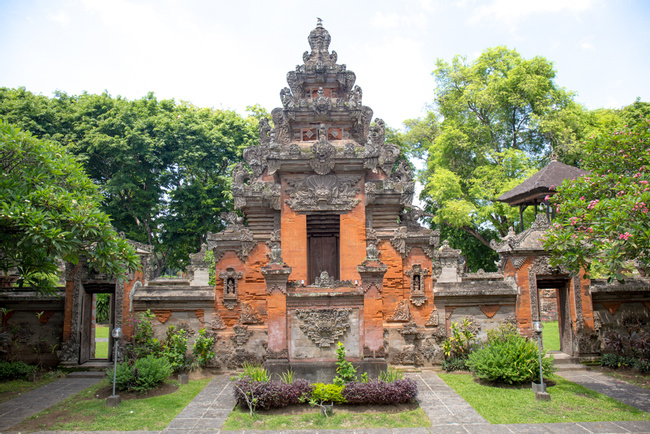
Bali Museum
Bali’s equivalent to the Smithsonian or British Museum holds a trove of artistic and historical artifacts dating from the megalithic period to modern times. It is the island’s largest and oldest museum. The Museum Negeri Propinsi Bali houses over 10,000 exhibits in separate pavilions, all built in the puri-pura architectural style similar to Balinese temples - with stone carvings, bas-reliefs, and tropical gardens. A great introduction to Balinese art and history, it’s located at Puputan Square in central Denpasar, about 40 minutes North of the airport.
More about Bali Museum
Construction by the Dutch colonial regime began in 1910. The museum officially opened in 1932 near the location of the former royal palace of Denpasar, which had burnt to the ground during the Dutch intervention in 1906. The palace was used as a model for the museum’s wall and grounds. The famous German painter Walter Spies played a large role assembling and organizing the original collection. The 3,109-square yard (2,600-sq m) grounds are divided into three sections, much like a temple. There is an outer courtyard, a middle courtyard (jaba tengah), and the main section (jeroan) with the pavilions housing the collection.
The main pavilion, Timur, contains prehistoric objects including a megalithic sarcophagus from 600-800 AD, and ancient stone tools. There’s a display of the weapons used during Bali’s unsuccessful fight against the Dutch. The other three pavilions are named after the largest Balinese regencies, and built in the style of their palaces. The Tabanan pavilion exhibits Balinese music and dance items, such as theatrical masks, gamelan instruments, and Barong costumes. The Karangasem pavilion features religious items, ceremonial objects, and an intricate Balinese Wuku calendar used to determine auspicious days for ceremonies. The Buleleng Pavilion highlights the history of Balinese textiles. Displays include looms and cloth made in antique styles such as endek, songket, prada, and geringsing.
The museum functions best as an introduction to Bali’s history and culture. The quality of information on many of the displays is sadly lacking depth. You may be approached by individuals seeking to unofficially guide you. Be advised that these “guides” will do little to enhance your knowledge, then ask for a significant tip. It’s best to peruse the collection yourself in an hour or two, then check out the Pura Jagatnatha Temple next door. Finish your trip by soaking in some modern Bali culture with a stroll around locally popular Puputan Badung Square.
It's more than just having a good time or visiting beautiful places (although that's absolutely a part of it!), it's about being part of a unique experience that stays with you.



